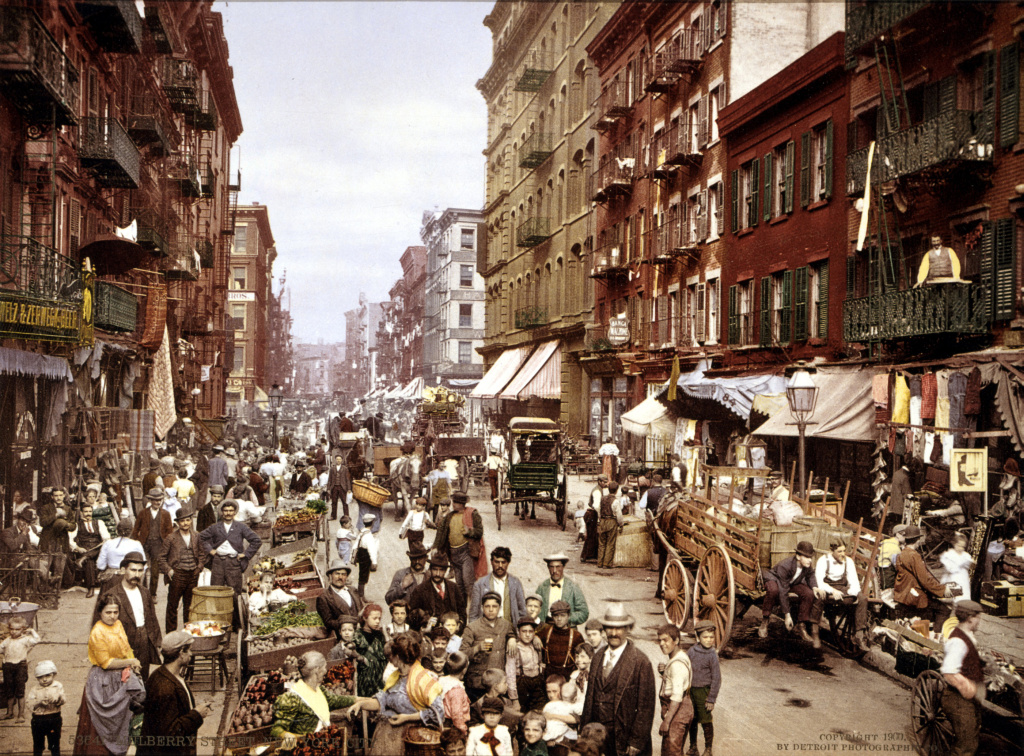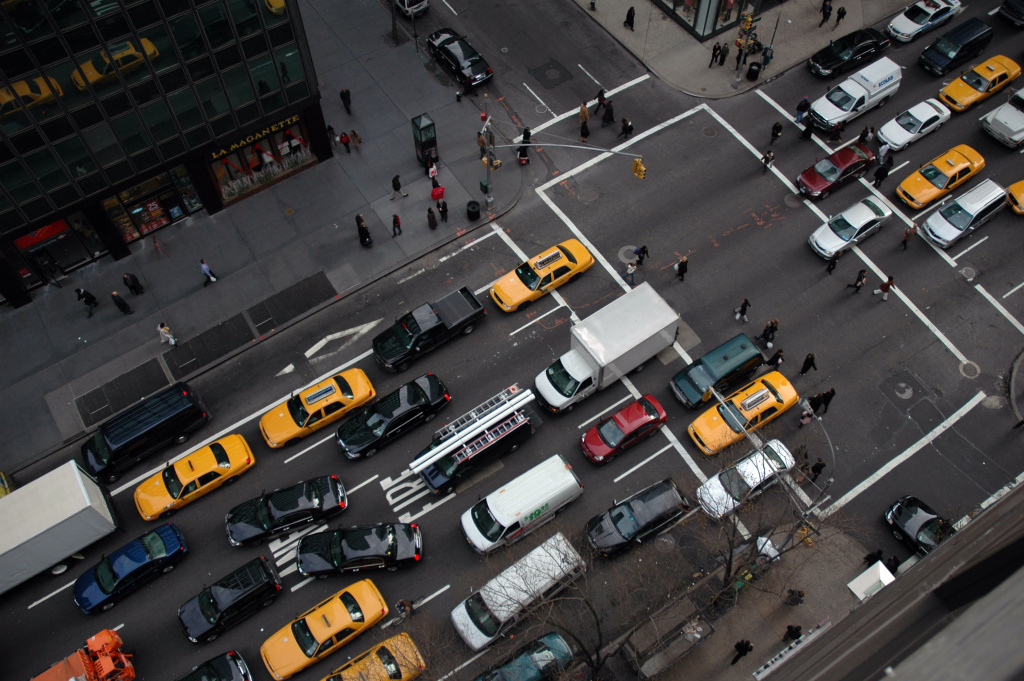 The discovery of New York was accredited to the Italian explorer Giovanni da Verrazzano in 1524 who called the region “Nouvelle AngoulÍme” which means New AngoulÍme in commemoration of Francis I of France, King of France and Count of AngoulÍme. In 1614, early European occupation started with the Dutch Fur Trading settlements, which was later called “New Amsterdam”. In 1626, Dutch colonial Director-General Peter Minuit purchased the island of Manhattan from the Lenape. The name “New York,” coined after the English Duke of Albany and York, was given to the region after the English conquered the city in 1664.
The discovery of New York was accredited to the Italian explorer Giovanni da Verrazzano in 1524 who called the region “Nouvelle AngoulÍme” which means New AngoulÍme in commemoration of Francis I of France, King of France and Count of AngoulÍme. In 1614, early European occupation started with the Dutch Fur Trading settlements, which was later called “New Amsterdam”. In 1626, Dutch colonial Director-General Peter Minuit purchased the island of Manhattan from the Lenape. The name “New York,” coined after the English Duke of Albany and York, was given to the region after the English conquered the city in 1664.
Several milestones mark New York City’s history. In 1735, the city played host to the John Peter Zenger Trial which helped establish the freedom of the press in North America. Columbia University, under charter by George II of Great Britain, was founded in 1754. The year 1765 was marked by the meeting of the Stamp Act Congress in New York City. The year 1788 marked the end of the Revolutionary War and the year New York City was inaugurated as the 11th state of the US. In 1789, New York City was in the spotlight as it became the nation’s capital and saw the inauguration of the first President of the United States, George Washington and the first assembly of the United States Congress. The New York Stock Exchange was founded in 1792 and became the world’s center of finance. In 1886, the notable Statue of Liberty was put up and became known for the its inscription about giving freedom to the masses, the poor and the weary, which probably originated the idea of the American dream. The statue’s inscription was the first to symbolize America’s vision and calling.
Like all other histories, New York City has its own share of death and violence. During the 1830s, New York City became the center interracial abolitionist activism in the North. The Draft Riots of 1863, which was one of the worst incidents of unrest in American History, was the result of discontent to the laws passed that drafted men to fight in the ongoing American Civil War. In 1904 and 1911, a total of 1,167 lives were claimed as the steamship General Slocum and the Triangle Shirtwaist Factory caught fire respectively.
In the early 1920s, New York overtook London as it became the most populous urbanized area in the world and in early 1930s, broke the 10 million population mark and consequently became the first megacity in the world.
Post World War New York was the leading city in the world. Its Wall Street became the center for America’s economic ascendance. New York City emphasized its cultural and political significance when in 1932, New York’s Lake Placid hosted the Olympic Winter Games and in 1946, the United Nations Headquarters was established within its bounds. The 1990s saw a fresh wave of immigrants from Asia and other countries as racial tension calmed down and crime rates dropped bringing the city’s population an all-time high during the 2000 census.
On September 11, 2001, modern-day New York was attacked by terrorists resulting in the destruction World Trade Center and nearly killing 3000 people.



